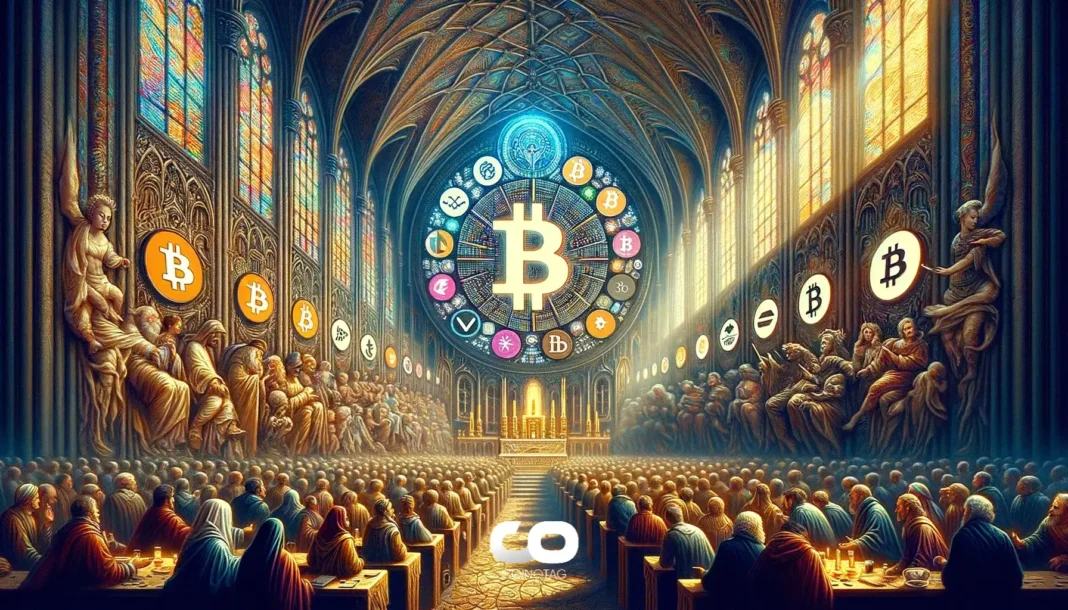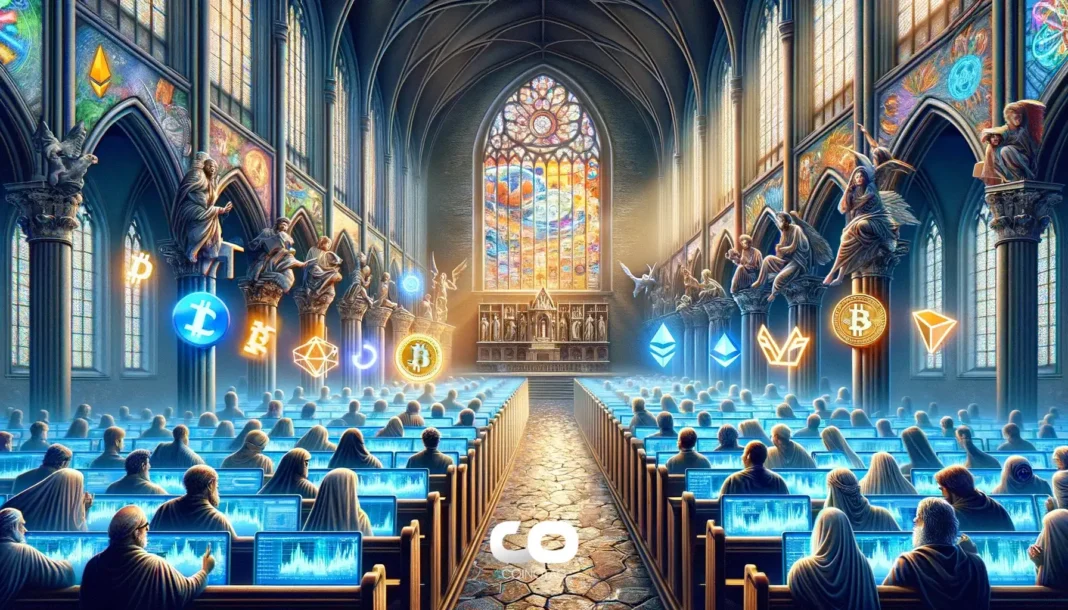-
Ethereum Layer 2 Scroll has announced a significant upgrade, dubbed Euclid, aiming to reduce transaction fees by 90% while enhancing throughput and security.
-
The upgrade is described by the development team as “the most substantial protocol transformation” since Scroll’s mainnet launch, marking a pivotal moment in Ethereum’s Layer 2 evolution.
-
According to the Scroll team, the Euclid upgrade is set to make the network “Stage-1 ready,” significantly advancing the decentralization and security standards outlined by Ethereum’s creator, Vitalik Buterin.
The Euclid upgrade promises 90% lower fees and enhanced security for the Ethereum Layer 2 Scroll, reshaping the ZK Rollup landscape and developer expectations.
Major Upgrade: The Euclid Transformation for Scroll
The impending Euclid upgrade introduces several enhancements aimed at refining the user experience and operational efficiency of Scroll’s network. This comprehensive update incorporates five pivotal improvements, notably a transition to a new Layer 2 prover and a state commitment system that collectively bolster both throughput and security. Optimized rollup processing will be a key feature, ensuring that transactions are handled with greater efficiency, thereby minimizing wait times for users.
Key Features and Improvements of Euclid
Among the notable changes, Scroll’s decision to deprecate the current “halo2 circuits” highlights a strategic pivot in verification methodologies. This shift involves moving to an OpenVM architecture that simplifies prover code auditing, potentially lowering operational costs for developers. The elimination of the circuit capacity checker addresses a significant bottleneck, which Scroll acknowledges has hindered the network’s processing speed. This enhancement reflects Scroll’s commitment to providing an agile and user-friendly Layer 2 solution.
Strategic Positioning Amid Ethereum’s Challenges
The timing of Scroll’s upgrade is particularly significant, as Ethereum faces challenges from alternative Layer 1 solutions like Solana and ongoing scrutiny regarding its scalability roadmap. The community has expressed concerns that Ethereum’s development strategies could inadvertently stymie progress, especially as the value of ETH remains under pressure. Scroll’s advancements aim to align with the “rollup-centric roadmap,” which has been a cornerstone for Ethereum’s scaling ambitions. By achieving “Stage-1 readiness,” Scroll aims to reassure the community that its development path maintains both decentralization and security standards.
Account Abstraction and Future Implications
Among the most transformative aspects of the Euclid upgrade is the introduction of support for Ethereum Improvement Proposal [EIP-7702]. This proposal seeks to introduce account abstraction, fundamentally changing how users interact with the network by facilitating a new transaction type that effectively transforms wallets into smart contracts. The implications for decentralized application (dApp) development are significant, as this enhancement would simplify the creation of complex applications while bolstering security protocols. Furthermore, the integration of RIP-7212 additionally enhances security through biometric authentication and introduces features aimed at improving the overall user experience within rollup structures.
Community Responses and Governance Dynamics
Scroll’s distribution of its new governance token, SCR, during an October airdrop initiated a heated discussion within the community. While the initiative aimed to engage users, criticism arose regarding the allocation strategy, particularly accusations of disadvantaging smaller users in favor of more prominent holders, or “whales,” and those tied to Binance. This backlash indicates the ongoing need for transparency and equitable governance practices as Scroll navigates its role within the broader Ethereum ecosystem.
Conclusion
In summary, the Euclid upgrade represents a critical step for Scroll, positioning it as a frontrunner in enhancing Ethereum’s Layer 2 capabilities. With projected improvements in transaction fees and operational speeds, coupled with groundbreaking features like account abstraction, Scroll is poised to meet the evolving demands of the decentralized landscape. Stakeholders should closely monitor these developments as the potential ramifications could significantly shape the future of Ethereum’s Layer 2 narrative.






